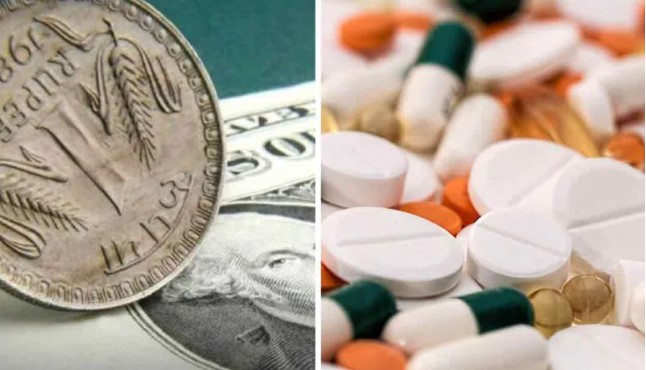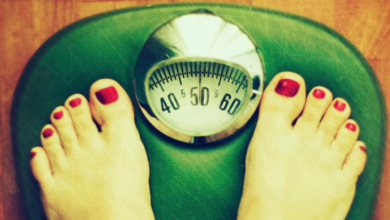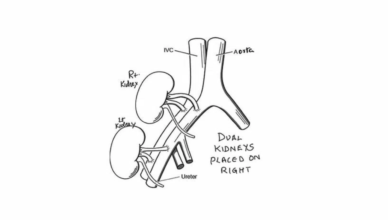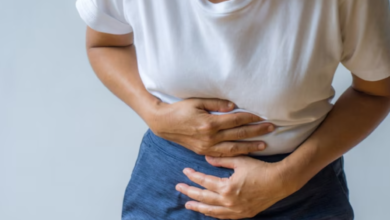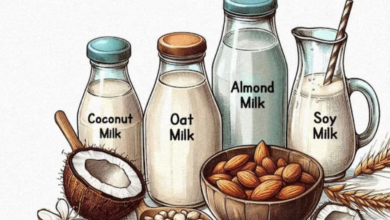Falling rupee will make pharma imports costlier
The free fall of the rupee is continuing, racing towards an all-time record low of Rs.82 against the dollar. On Tuesday, the rupee-dollar value stood at Rs.81.58, up nearly 12 per cent from Rs.73 last September.
The downside of the slide, however, was that a falling rupee would make pharma imports costlier as importers have to shell out more rupees per dollar. If a good was imported for $1 in September 2021, the price the importers paid in Indian rupees was Rs.73. For the same, Rs.81.58 will have to be paid now. That is Rs.8.58 more for the same product.
The situation, which has triggered concerns across the pharma industry, presents Hyderabad, the life sciences capital of the country and the vaccine capital of the world, with an opportunity to play a crucial role in shielding the industry from the impacts of the rising dollar. However, for this, the Centre would have to rethink its decision of not allotting a bulk drug park to Hyderabad, which houses the 19,000 acre-Pharma City.
Here’s how Hyderabad can become a major player in the entire scenario. The Indian pharma industry imports bulk drugs and key starting materials worth $9 billion (about Rs 73,350 crore at current value). A bulk drug or an active pharmaceutical ingredient (API) is the chemical molecule that induces the medicinal value. Key starting materials, as the name indicates, are the material to initiate a reaction or a process. If the rupee-dollar value remained at last year’s Rs.73, importers would have paid Rs.65,700 crore or about Rs.7,650 crore less.
“Rising dollar will put pressure on imports. The cost of production will increase,” said Ravi Uday Bhaskar, Director General, Pharmaceuticals Export Promotion Council of India (Pharmexcil), an export promotion wing set up by the Ministry of Commerce and Industry.
The exports during 2020-21 grew 18 per cent to $ 24.2 billion (about Rs 1.97 lakh crore) from $ 20.7 billion the previous year. However, exports during 2021-22 grew less than 1 per cent to touch $ 24.6 billion. India exported bulk drugs worth Rs.33,320 crore in the financial year 2021-22.Though a strong dollar favours exporters, exporters cannot go back on the agreed pricing. Also, pharma exports are turning price sensitive as a large number of countries are increasingly moving towards localisation.
To cut imports, the Government of India has announced production linked incentive (PLI) to 55 manufacturing entities. Under this, financial incentives will be given for six years based on the incremental sales (over base year) of pharmaceutical goods and in-vitro diagnostic medical devices. The quantum of the scheme is Rs.15,000 crore.
“We have just made the beginning to locally make APIs and key starting materials now. China did this at least two or three decades ago. Results will not be instant and will take at least 10 to 15 years or more for India to cut down the dependence on imports of bulk drugs,” said an official, who did not want to be named. It implies that these products will continue to be imported irrespective of the dollar value.
The Government identified 53 compounds where the import is high. Bulk drugs of fermentation origin, antivirals and retrovirals, products used in cardiovascular and central nervous system conditions, vitamins and others are imported. These categories include products like amoxicillin, erythromycin, vitamin B1 and B2, potassium clavulanate, dicyandiamide, tinidazole and more. China accounts for 60 per cent of these imports.
The Department of Pharmaceuticals this month conveyed ‘in-principle’ approval to Himachal Pradesh, Gujarat and Andhra Pradesh for supporting common infrastructure in their respective bulk drugs parks.
If Telangana was given a bulk drugs park under the scheme, the Pharma City, which supports the objectives of the country’s self-reliance on pharma manufacturing, could have aided in reducing some imports quickly and thereby shielding the industry from the impacts of a rising dollar.

